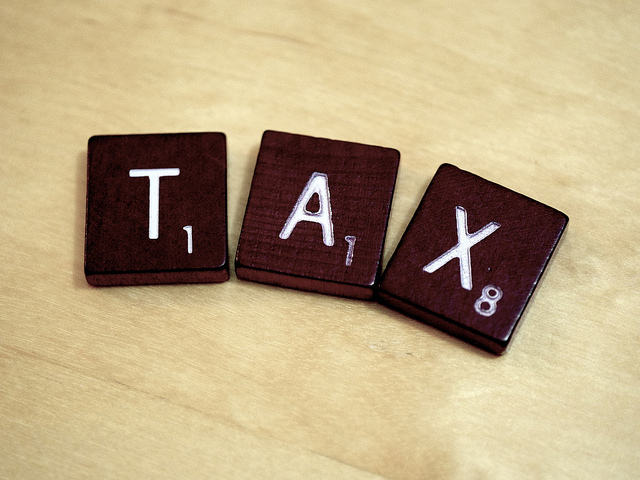Photo Credit: Simon Cunningham
The end of financial year is just around the corner. Thrilling, we know.
Yes, it’s a drag getting your records in check . But the sooner it’s out of the way, the sooner you can get on with your life. Hopefully with a bit of extra cash in your back pocket to boot!
Be proactive and make your future self happy.
Follow this step-by-step guide to preparing your tax return today.
1) Collect personal information
In order to file your tax return, you will need some basic personal information on hand. Think your tax file number, bank account details, address, residency status and so on.
If you are lodging online, you will also need to prove your identity to the Tax Office before your claim can be processed. To do this you will need tax information from a previous financial year: the amount withheld on your PAYG summary or the bank account used for a previous payment.
Make sure you have access to this information – don’t just make it up as you go along. The e-tax system will lock you out after multiple unsuccessful attempts at lodgement, turning a simple task into a complicated one!
2) Compile income documentation and paperwork
You’ll need to gather all of the information you have about your income for the duration of financial year.
These income sources include:
- Wages
- Centrelink payments received
- Foreign income
- Income from an investment property
- Business income
- Retirement income
- Capital gains
- Allowances
- Any other income
Don’t try to hide any income under the rug: cover all of your basis to ensure that everything is above board.
3) Create a list of deductions
Deductions basically refer to any job-related costs that you have incurred across the financial year.
These include:
- Vehicle and travel expenses
- Uniform costs
- Home office expenses
- Personal super contributions
- Broker fees
- Self-education
- Eligibly donations
Be thorough when compiling your deductions: don’t rush in order to get your taxes over with. The extra time you spend flicking through your receipts may well pay off.
4) Create a list of offsets
Offsets are the sticky part of tax returns. There is seemingly an offset for everything, including:
- Private health insurance
- Medical expenses
- HECS/HELP Balance
- Superannuation
- Government Payments
However, understanding whether you are eligible for these payments or not can be a struggle.
We’ll leave that job to the professionals – visit the ATO website for a full run-down of tax offsets and eligibility.
5) Lodgement
Understanding tax is difficult for people who don’t speak the lingo. If you are at all unsure, it’s best to have a professional accountant handle your return – the money you outlay is usually compensated by a higher return.
But it’s not the only way to handle it.
You can lodge your tax return personally through three methods:
1) Online using the ATO’s e-tax tool
2) In paper form using the Individual tax return instructions provided by the ATO
3) Using the Tax Help service (suitable for low income earners).
Whichever method of lodgement you choose, be sure to take your time.
Pro Tip: Get the Tax App
The ATO have recently released a Tax app all about helping you through the 2013-2014 tax period.
The app has personal and small business options, which allow you to:
- Search for any lost super
- Learn more about lodging your tax online
- Track the progress of your tax return after lodgement
- Calculate how much tax to withhold from wage payments
- Create a tax debt payment plan
- And much more
The app is available for download on all devices here.



